Filter by
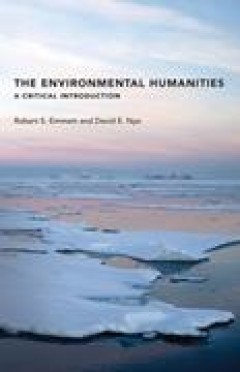
The Environmental Humanities: A Critical Introduction
A concise overview of this multidisciplinary field, presenting key concepts, central issues, and current research, along with concrete examples and case studies. The emergence of the environmental humanities as an academic discipline early in the twenty-first century reflects the growing conviction that environmental problems cannot be solved by science and technology alone. This book offers…
- Edition
- -
- ISBN/ISSN
- 9780262342292
- Collation
- -
- Series Title
- -
- Call Number
- 004 DAU a
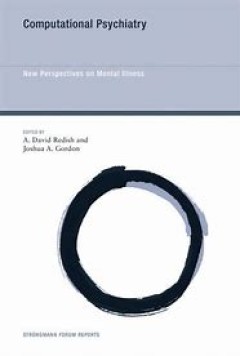
Computational Psychiatry: New Perspectives on Mental Illness
Psychiatrists and neuroscientists discuss the potential of computational approaches to address problems in psychiatry including diagnosis, treatment, and integration with neurobiology."Modern psychiatry is at a crossroads, as it attempts to balance neurological analysis with psychological assessment. Computational neuroscience offers a new lens through which to view such thorny issues as diagno…
- Edition
- -
- ISBN/ISSN
- 9780262337854
- Collation
- 1 online resource.
- Series Title
- -
- Call Number
- -
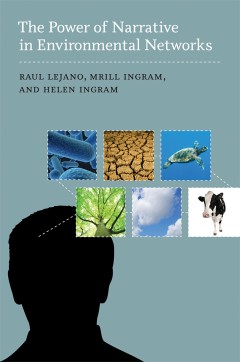
The Power of Narrative in Environmental Networks
For as long has humans have lived in communities, storytelling has bound people to each other and to their environments. In recent times, scholars have noted how social networks arise around issues of resource and ecological management. This book argues that stories, or narratives, play a key role in these networks - that environmental communities 'narrate themselves into existence'. The book p…
- Edition
- -
- ISBN/ISSN
- 9781461937128
- Collation
- 1 online resource (xiv, 225 pages) :illustrations, map.
- Series Title
- -
- Call Number
- -
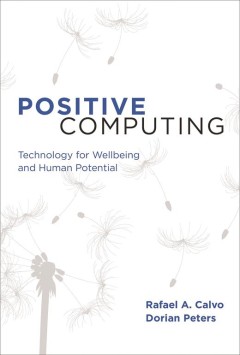
Positive computing : technology for wellbeing and human potential
"On the eve of Google's IPO in 2004, Larry Page and Sergey Brin vowed not to be evil. Today, a growing number of technologists would go further, trying to ensure that their work actively improves people's lives. Technology, so pervasive and ubiquitous, has the capacity to increase stress and suffering; but it also has the less-heralded potential to improve the well-being of individuals, society…
- Edition
- -
- ISBN/ISSN
- 0262325683
- Collation
- 1 online resource (x, 288 pages).
- Series Title
- -
- Call Number
- -
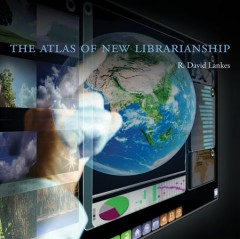
The Atlas of New Librarianship
An essential guide to a librarianship based not on books and artifacts but on knowledge and learning. Libraries have existed for millennia, but today the library field is searching for solid footing in an increasingly fragmented (and increasingly digital) information environment. What is librarianship when it is unmoored from cataloging, books, buildings, and committees? In The Atlas of New Li…
- Edition
- -
- ISBN/ISSN
- 9780262300087
- Collation
- -
- Series Title
- -
- Call Number
- -

Enrico Fermi the Obedient Genius
This biography explores the life and career of the Italian physicist Enrico Fermi, which is also the story of thirty years that transformed physics and forever changed our understanding of matter and the universe: nuclear physics and elementary particle physics were born, nuclear fission was discovered, the Manhattan Project was developed, the atomic bombs were dropped, and the era of “big sc…
- Edition
- -
- ISBN/ISSN
- 978-1-4939-3533-8
- Collation
- 51 b/w illustrations, 3 illustrations in colour
- Series Title
- -
- Call Number
- -
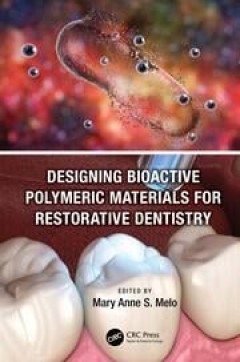
Designing Bioactive Polymeric Materials for Restorative Dentistry
Restorative biomaterials in dentistry are designed to restore the shape and function of teeth. Their applicability is related to restorative procedures such as dental restorations, dentures, dental implants, and endodontic materials. Designing Bioactive Polymeric Materials for Restorative Dentistry reviews the current state of the art for restorative biomaterials and discusses the near-future t…
- Edition
- -
- ISBN/ISSN
- 9780429113284
- Collation
- p. 298
- Series Title
- -
- Call Number
- -
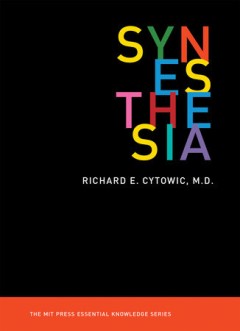
Synesthesia
An accessible, concise primer on the neurological trait of synesthesia—vividly felt sensory couplings—by a founder of the field. One in twenty-three people carry the genes for the synesthesia. Not a disorder but a neurological trait—like perfect pitch—synesthesia creates vividly felt cross-sensory couplings. A synesthete might hear a voice and at the same time see it as a color or sh…
- Edition
- -
- ISBN/ISSN
- -
- Collation
- -
- Series Title
- -
- Call Number
- -
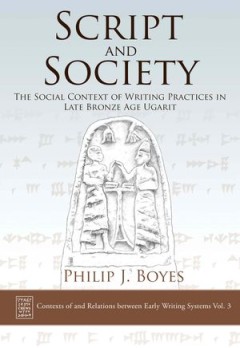
Script and Society the Social Context of Writing Practices in Late Bronze Age…
By the 13th century BC, the Syrian city of Ugarit hosted an extremely diverse range of writing practices. As well as two main scripts – alphabetic and logographic cuneiform - the site has also produced inscriptions in a wide range of scripts and languages, including Hurrian, Sumerian, Hittite, Egyptian hieroglyphs, Luwian hieroglyphs and Cypro-Minoan. This variety in script and language is ac…
- Edition
- -
- ISBN/ISSN
- 9781789255867
- Collation
- -
- Series Title
- -
- Call Number
- -
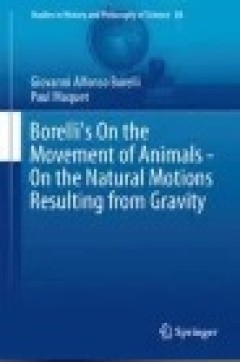
Borelli's on the Movement of Animals - on the Natural Motions Resulting from …
This volume provides an introduction to Borelli’s theory on the movement of animals and describes his theory and scientific experiments relating to the natural movements of bodies in a fluid environment. It describes in great detail why and how bodies which present with different magnitudes, weights and shapes move at a greater or a smaller velocity in certain proportion in the fluid environm…
- Edition
- 1
- ISBN/ISSN
- 978-3-319-08536-4
- Collation
- XIV, 292
- Series Title
- Studies in History and Philosophy of Science
- Call Number
- 900
 Computer Science, Information & General Works
Computer Science, Information & General Works  Philosophy & Psychology
Philosophy & Psychology  Religion
Religion  Social Sciences
Social Sciences  Language
Language  Pure Science
Pure Science  Applied Sciences
Applied Sciences  Art & Recreation
Art & Recreation  Literature
Literature  History & Geography
History & Geography